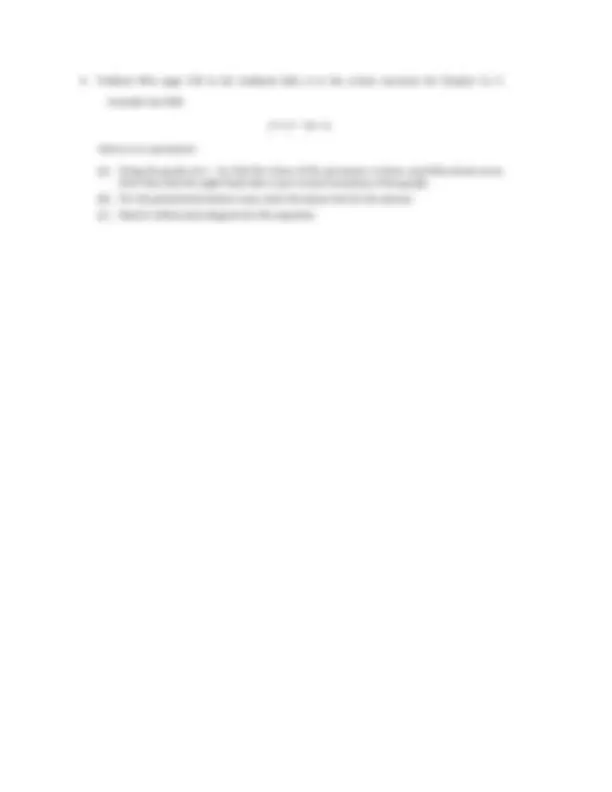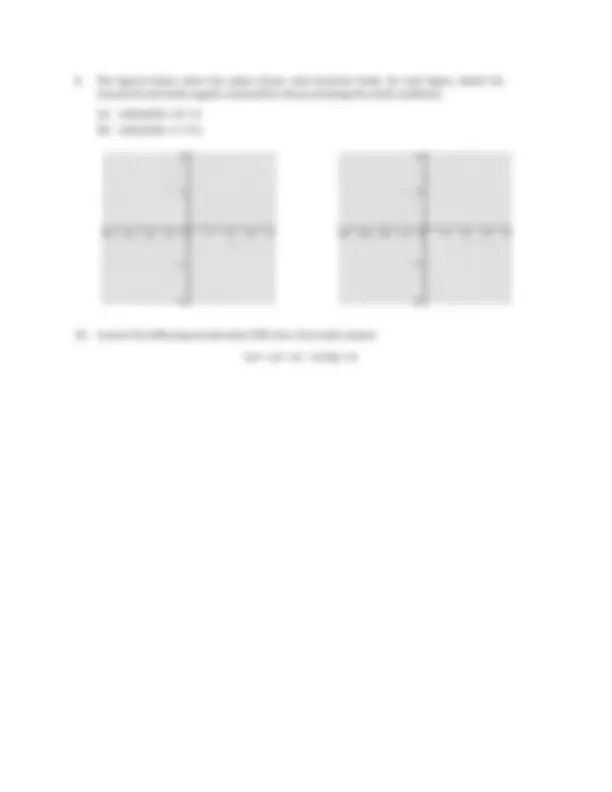








Study with the several resources on Docsity

Earn points by helping other students or get them with a premium plan


Prepare for your exams
Study with the several resources on Docsity

Earn points to download
Earn points by helping other students or get them with a premium plan
Community
Ask the community for help and clear up your study doubts
Discover the best universities in your country according to Docsity users
Free resources
Download our free guides on studying techniques, anxiety management strategies, and thesis advice from Docsity tutors
A set of review problems for an exam on differential equations. It covers topics such as initial-value problems, newton's law of cooling, direction fields, phase lines, and systems of differential equations. The problems are designed to help students prepare for the exam by reinforcing key concepts and problem-solving techniques.
Typology: Exams
1 / 12

This page cannot be seen from the preview
Don't miss anything!







For details on exam coverage and a list of topics, please see the class website. Note that this is a set of review problems, and NOT a practice exam.